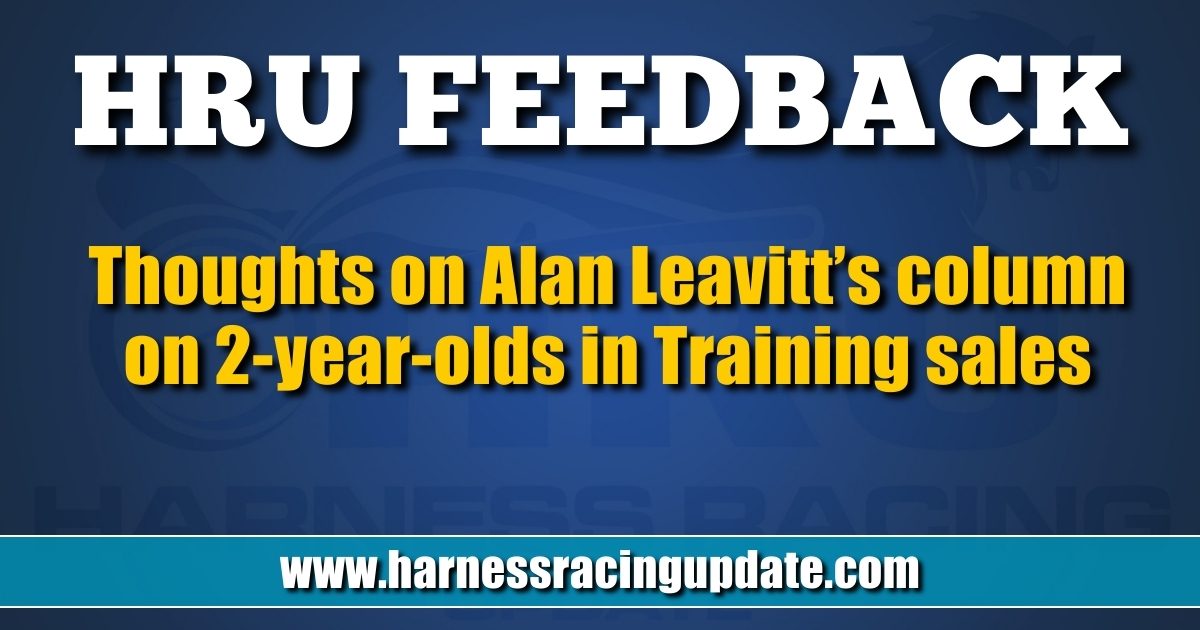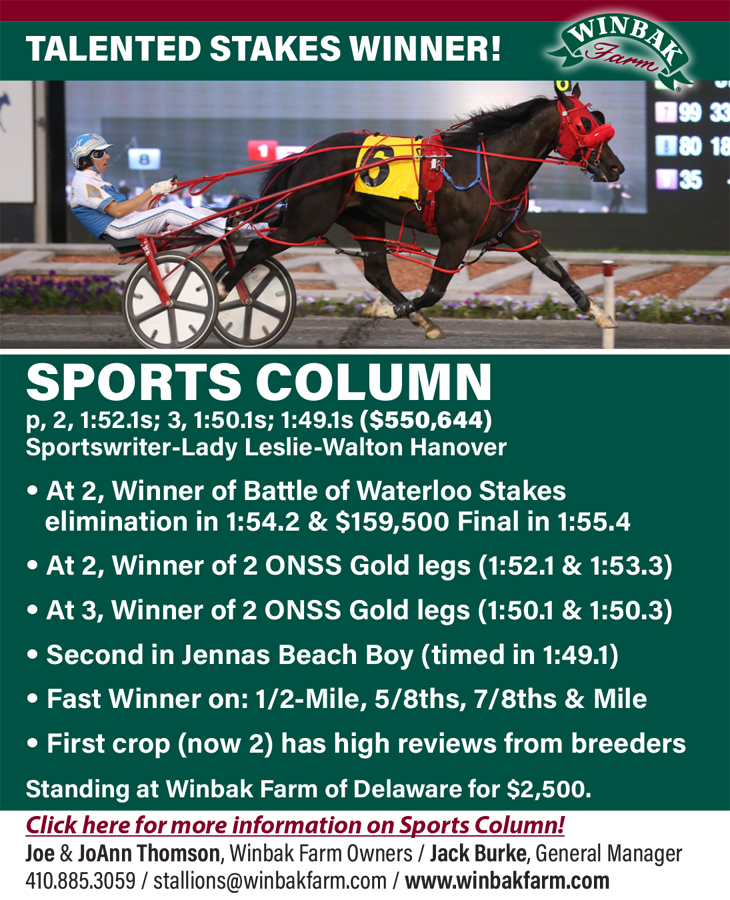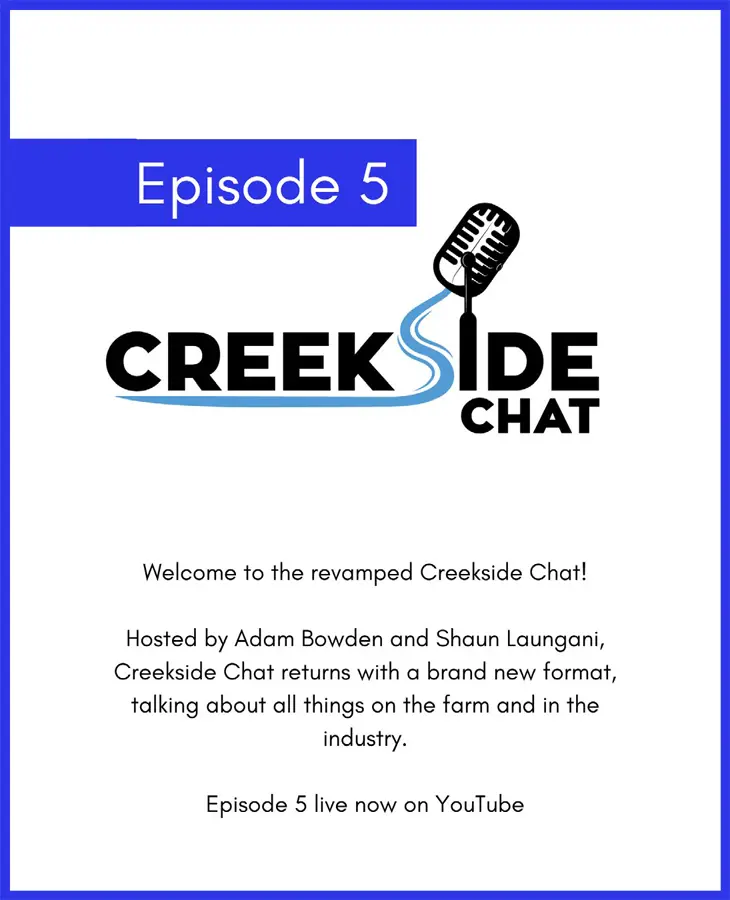
HRU Feedback (2021-04-11)
In response to Leavitt’s column on 2-year-olds in training sales
RE: A big boat we keep missing
There is no doubt in my mind that there would be plenty of buyers for a standardbred 2yo old in training sale with the parameters he has outlined — qualified 2yo’s, fully staked and ready to drop in the box, with complete vet reports on repository. Watching the standardbred sales, there always seems to be a strong market for racehorses, often times the horse bringing more in the ring than what they would sell for privately or even through the claim box.
The thoroughbred 2yo in training sales are an industry all to themselves. Individuals, partnerships, and syndicates base their entire business model on purchasing yearlings in September specifically to “pinhook” them in the spring. Every spring, roughly 2,000 horses are offered in 2yo in training sales. They are trained specifically to go as fast as they can for an 1/8th, or maybe a 1/4 mile in March. They are rarely worked from the gate, or have any real race preparation. Those consignors will lean awfully hard on these babies to get top dollar, it’s all about sale day.
The headlines truly are “gobsmacking”, but the economic model of thoroughbred racing has shifted from racing, and more towards sales and the breeding shed. Sires need to be “commercial,” as in their offspring need to bring high prices at the sales, and less on actual racing metrics such as purse earnings and durability. Those high priced 2yo’s aren’t just purchased to be racehorses aiming for the classics, but ultimately to become stallions or broodmares.
The 2019 Fasig-Tipton Gulfstream sale average price for 59 hips sold was $495,000, a number that would be extremely difficult to earn back on the racetrack. The top 5 hips at that particular sale totaled $9,300,000 and to date, as 4yos, their total earnings on the track is $147,000.
The 2018 Fasig-Tipton Gulfstream sale, with an average sale price for 61 hips sold being $385,000, produced a stronger top 5. From $5,150,000 spent on the top group, purses earned on track totaled $771,800, producing 1 stake winner. The colt INSTAGRAND was the leader of the group. A Graded Stakes winner by leading sire INTO MISCHIEF, he was purchased for $1.2 million, earned $316,000 on track and is now standing stud in Kentucky for $7,500. GOLD STANDARD, a filly, was also purchased for $1.2 million. She is a stakes placed earner of $269,000, and was sold this winter at auction for $435,000 as a broodmare prospect. Tough economics.
The thoroughbred 2yo in training sales are quite something to attend. The breeze show is something to watch, a lot of very good bloodstock on display. The consignors have a great lingo, lots of catch phrases. It seems every horse in the sale has trained down quite nicely, nary a problem. When they go in the ring, as a very good veterinarian once told me, “this horse will never look this good again…”
As with any sale, there is a champion in there.
— Justin J. Nixon / Amherstburg, ON
Another response to Leavitt
RE: A big boat we keep missing
Mr. Leavitt fails to consider that most of the thoroughbreds take much longer to train to race readiness and proper muscular development than the standardbred. Come July 1, sire stakes for 2-year-olds commence, selling race ready stock must also include the expenses of the laggards incurred.
Now the seller, as well as the buyer, sees the speed/manners displayed in the qualifiers. Many evaluations are sugar plum hopes for sure. Many who worked hard to get these 2-year-olds to the gate, will wind up with no job in the summer, no commission on winnings, and no pride in making/developing their horse.
Thoroughbred horses are multi-person, joint effort training schedule. The spirit of the trotter is developing it into a racehorse. Money on investment is the breeders’ view, most owners and trainers, grooms want the satisfaction part of making a champ, more than a long summer off.
— Joel Kravet / New York, NY













